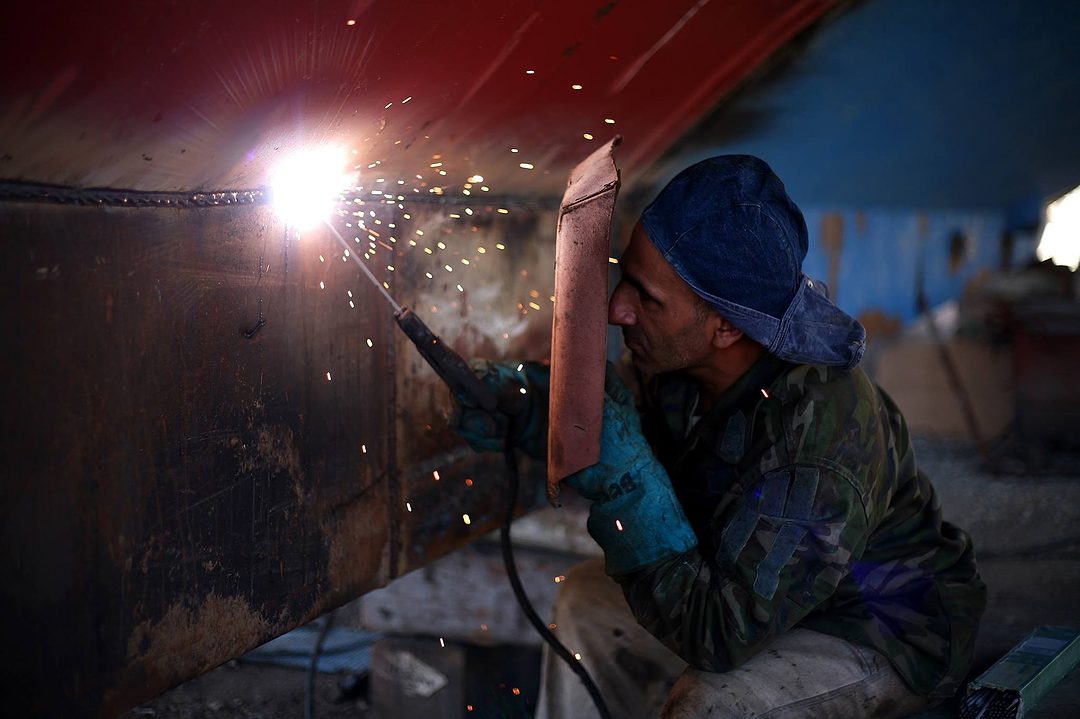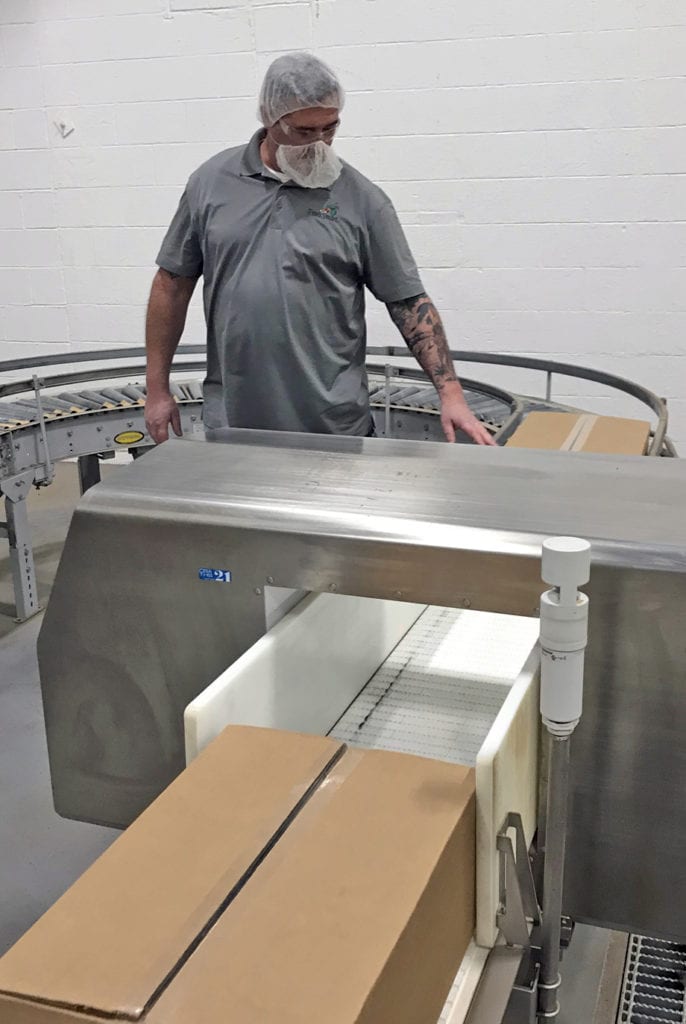
Home » Manufacturing jobs on the rise in Benton, Franklin counties
Manufacturing jobs on the rise in Benton, Franklin counties

February 13, 2019
Regional manufacturing jobs to grow 1.84 percent this year
Manufacturing jobs in Benton and
Franklin counties are expected to grow at a faster rate than the state average
as food manufacturing rebounds in 2019.
Locally, there are more than 8,100
manufacturing jobs, which accounts for about 7 percent of total nonfarm
employment in 2018, according to the state Employment Security Department, or
ESD.
In Kennewick, Pasco and Richland,
total nonfarm employment increased by 3,192 jobs (2.8 percent) in 2018 over the
previous year. Manufacturing jobs increased by 150, or nearly 2 percent, during
the same period.
Statewide, manufacturing job estimates
show an increase of 3,492 job, or 1.2 percent. Total estimated employment in
the state was slightly over 3.4 million in 2018, with 287,225 of those
positions qualifying as manufacturing positions.
For 2019, regional manufacturing jobs
are projected to grow at a rate of 1.84 percent, while the rest of the state
will continue a slow and gradual growth of 0.25 percent, according to the ESD.

Pasco boasts the most manufacturing
jobs in the two-county area. The most dominant occupational group for
manufacturing in the region? Production operations. The largest employing
occupation? Packaging and filling machine operators and tenders.
Other positions increasing locally
over the years are: welders, cutters, solderers and brazers; structural metal
fabricators and fitters; machinists; and production workers. Jobs decreasing in
the region include: inspectors, testers, sorters, samplers and weighers; and
cutting and slicing machine setters, operators and testers.
The political climate can take a toll
on manufacturing growth, with the biggest impact usually coming from consumer
spending confidence, said Ajsa Suljic, the ESD’s regional labor economist.
However, she also noted that food manufacturing tends to be affected by
political actions.
“Manufacturers who export their
products tend to feel the impacts at a greater rate than those who (sell) on
the national level,” she said.
One of the main reasons for the
decrease in manufacturing positions in general is automation. Agriculture and
manufacturing are two of the leading sectors in automation adoption and
innovation, Suljic said.
Advances in technology allow companies
to cut labor costs, increase productivity and output, be more competitive and
increase market relevance on the global scale. However, automation doesn’t mean
employers aren’t hiring.
“Some of the most advanced automation
in manufacturing has been quality control,” said Suljic, explaining that laser,
sensor and visual detectors and sizer machines have perfected quality control
for many years now. “(But) job automation can and has led to the creation of
jobs in other areas, such as research and development, marketing, programming,
software development and robotic management. As we look at population growth as
the future labor supply, it points to an even greater need for automation for
the jobs that are repetitive and don’t require as much human intellectual
capital. The work force will need to, as a result of automation, engage more
systematically with new machines as part of retooling of their skills as well
as staying relevant in the work force.”
Some of the positions more immune to
automation — especially in food manufacturing — are managerial, product
development, marketing and maintenance, she added.
According to the National Manufacturers
Association, or NMA, manufacturers contributed $2.33 trillion to the U.S.
economy in the first quarter of 2018. For every $1 spent on manufacturing,
$1.89 more is added to the economy, NMA reported. There are currently more than
12 million manufacturing workers in the United States, which accounts for 8.6
percent of the entire work force.
Even though the industry has fallen in
favor of automation for manufacturing positions, Suljic said local
manufacturers are having a hard time filling experienced supervisory or
managerial roles.
“Most of the manufacturing employers
are looking for skills, knowledge and abilities in individuals who are willing
to work in teams, learn and develop on the job,” Suljic said. “The interest in
manufacturing is much different than 20 to 30 years ago. Our work force will
need to be trained for the future, which requires more training in science,
technology, engineering and math than manual labor.”
To help introduce students and get them
excited about careers in the field, schools such as the Tri-Tech Skills Center
in Kennewick offers welding technology programs and Columbia Basin College in
Pasco offers degrees in manufacturing technology.
The NMA reported that the average
manufacturing worker in the United States earned $84,832 annually in 2017,
including pay and benefits. The average worker in nonfarm industries earned
$66,847 annually. Over the next decade, nearly 3.5 million manufacturing jobs
likely will be needed nationally and 2 million are expected to go unfilled due
to the skills gap, the NMA said.
Suljic said future careers in the field
include stationary engineers and boiler operators, quality assurance and
project development, branding and marketing and logistics, to name a few.
“Most of the time, to get a higher
position, experience is needed along with education,” she said. “Individuals
interested in manufacturing could plan out their careers of interest and follow
the career ladder to their desired position, or have a clear sense of where
they want to be 20 or 30 years down in their careers.”
Local News Manufacturing
KEYWORDS february 2019




